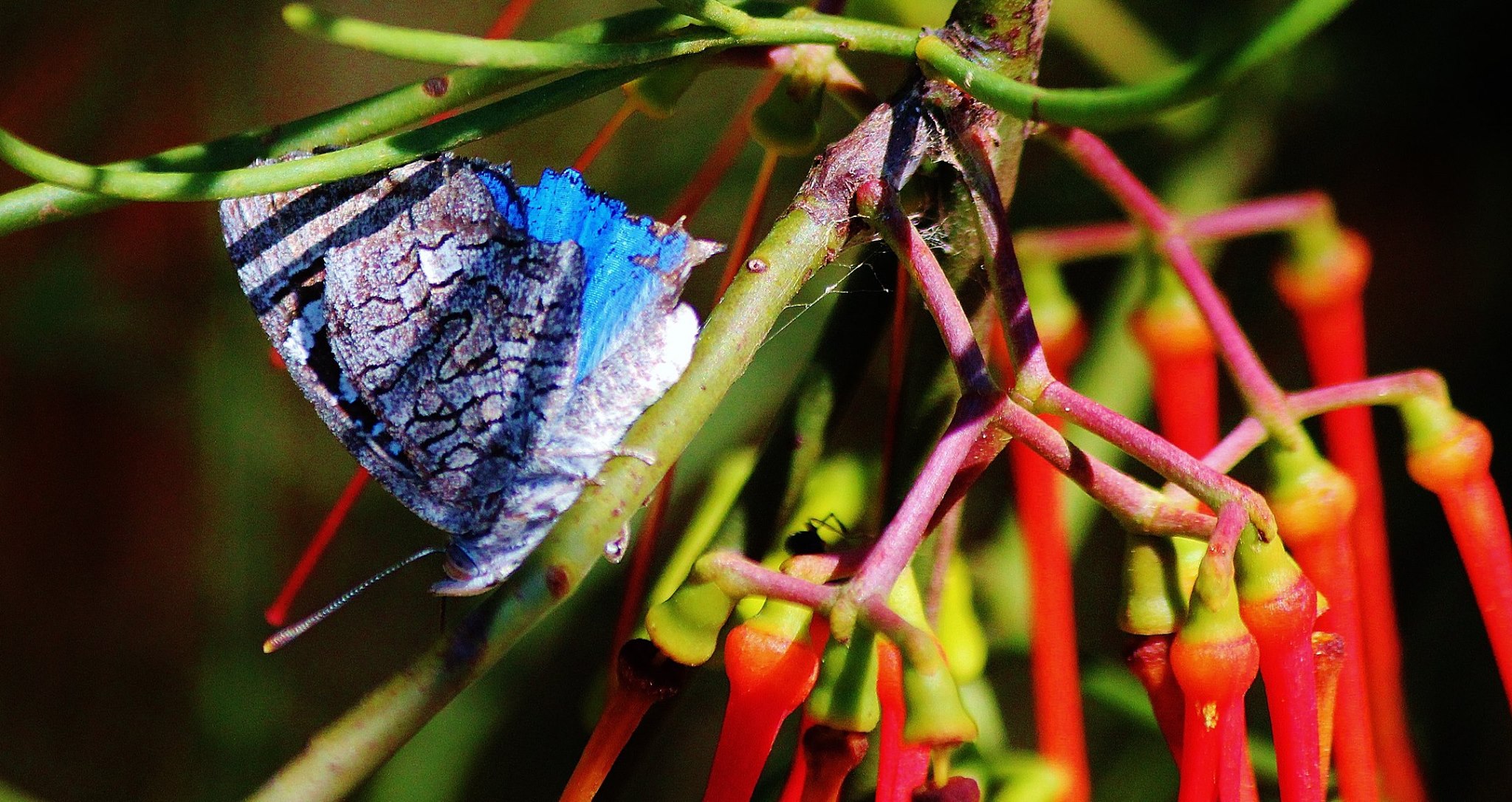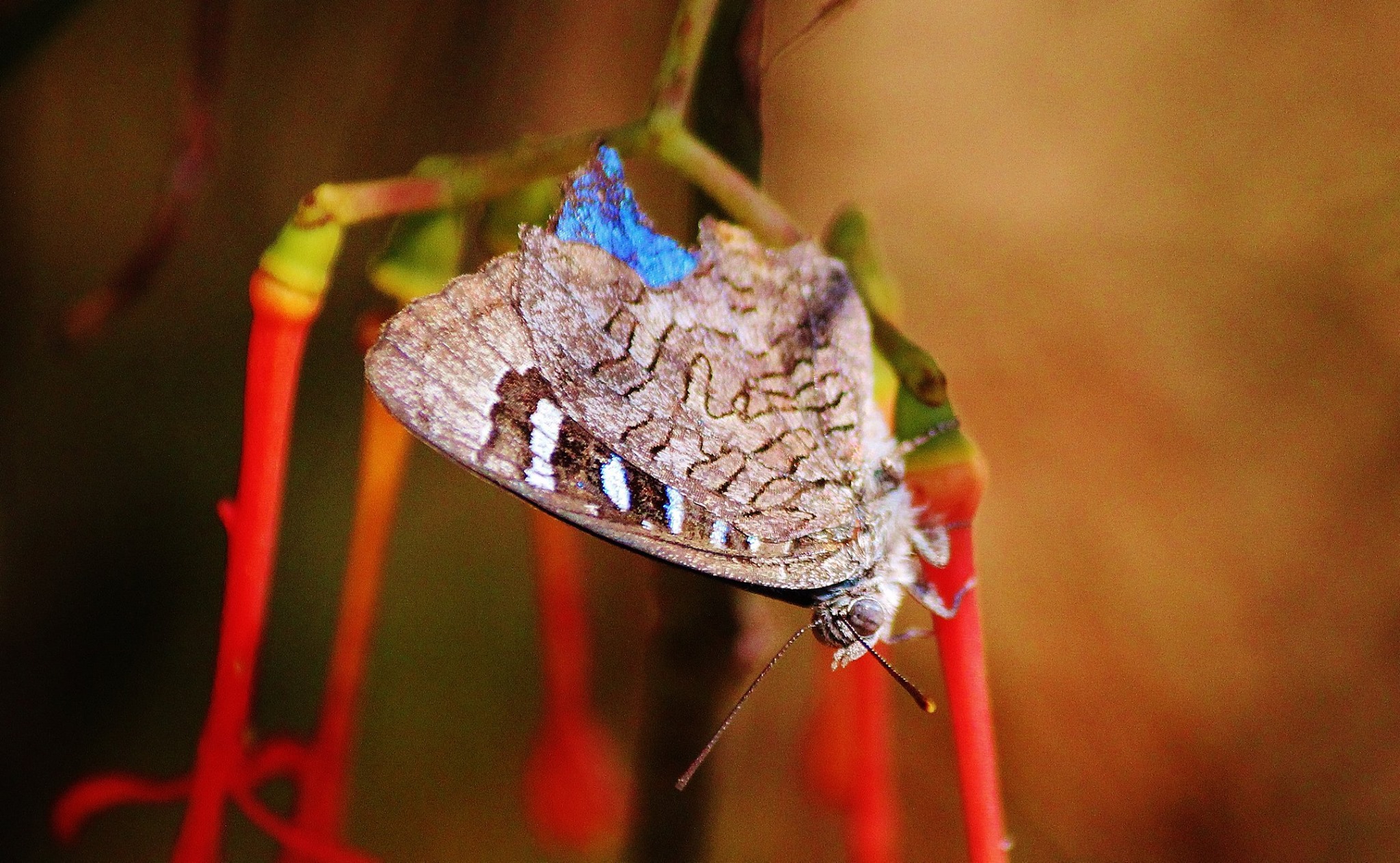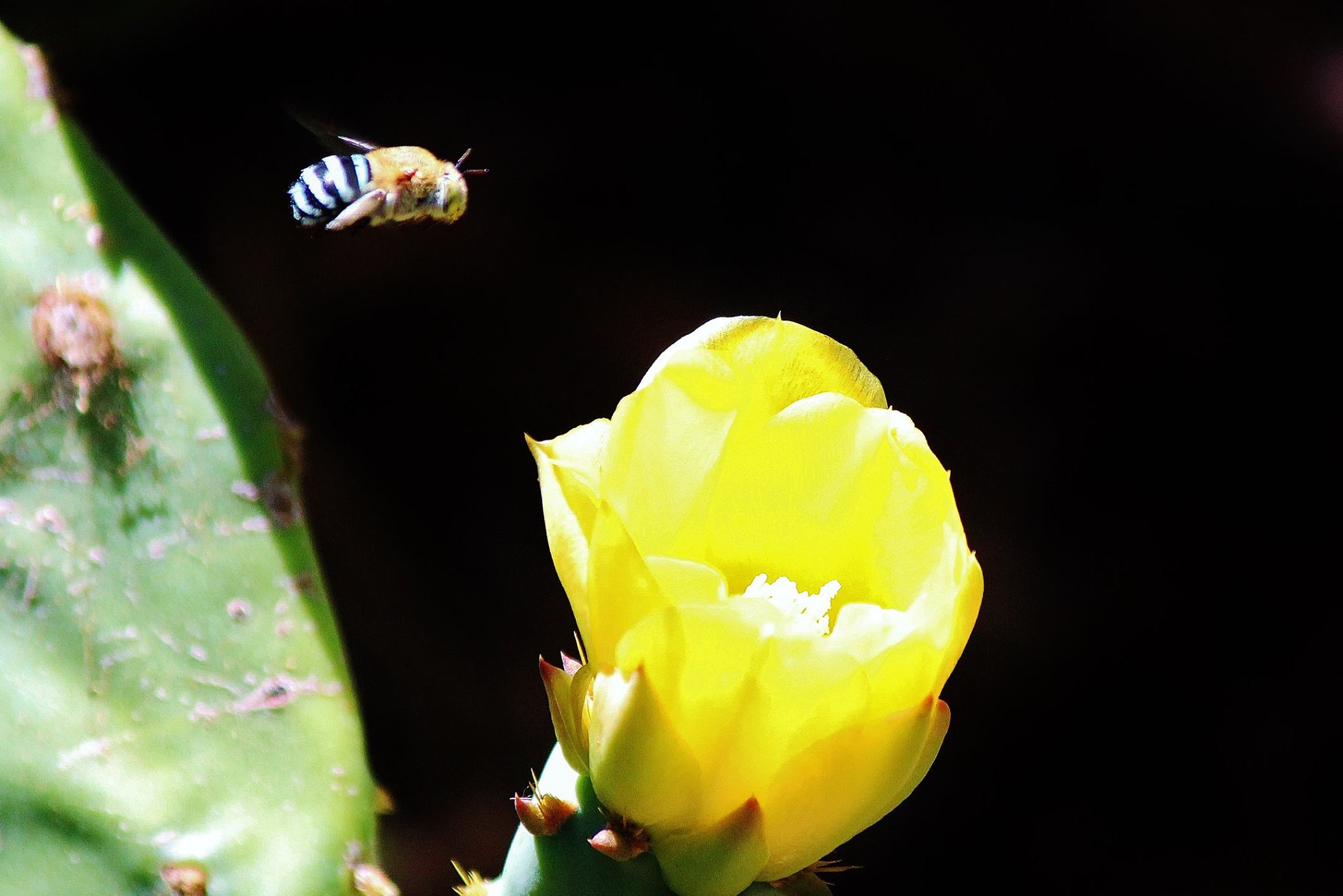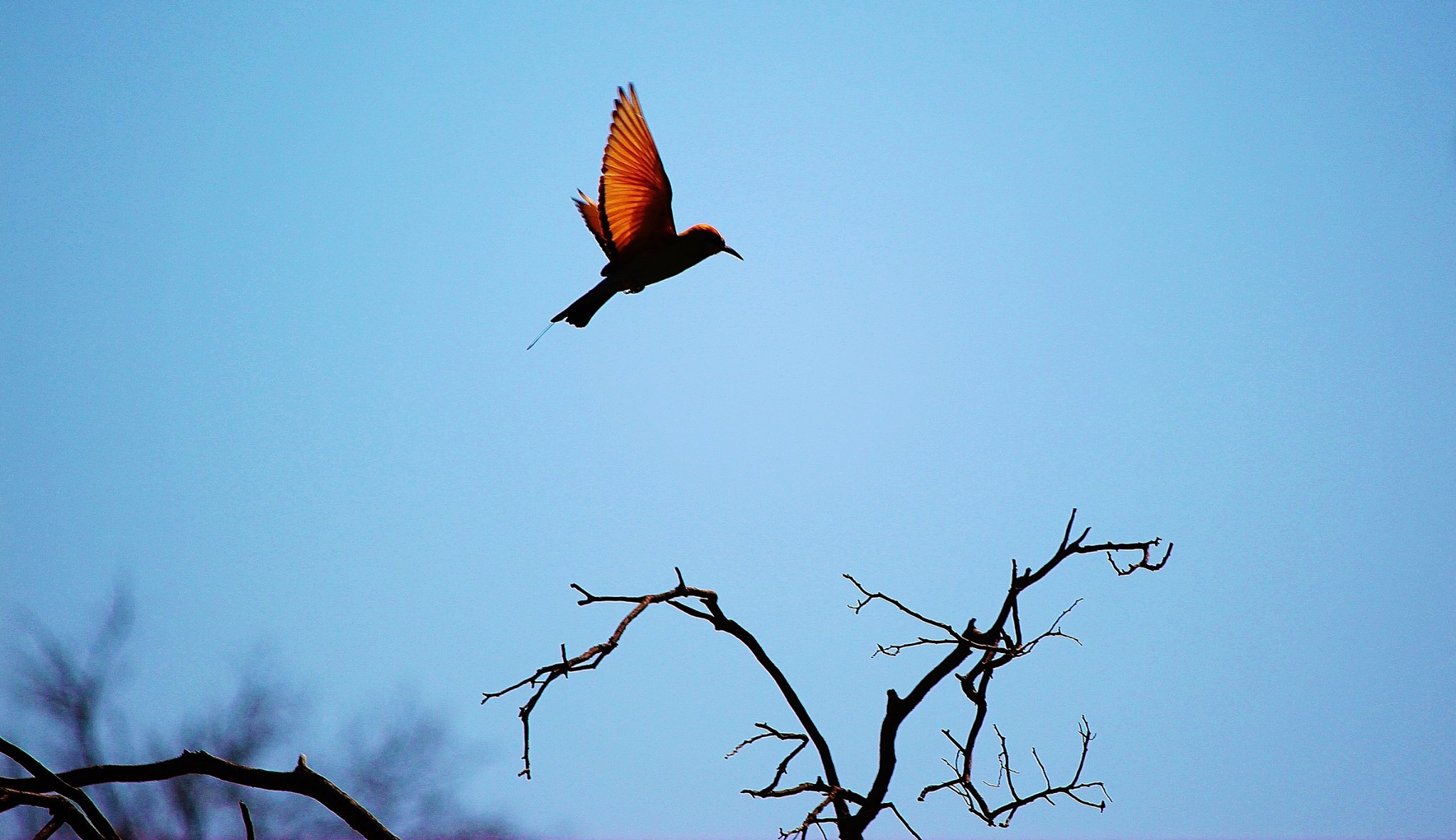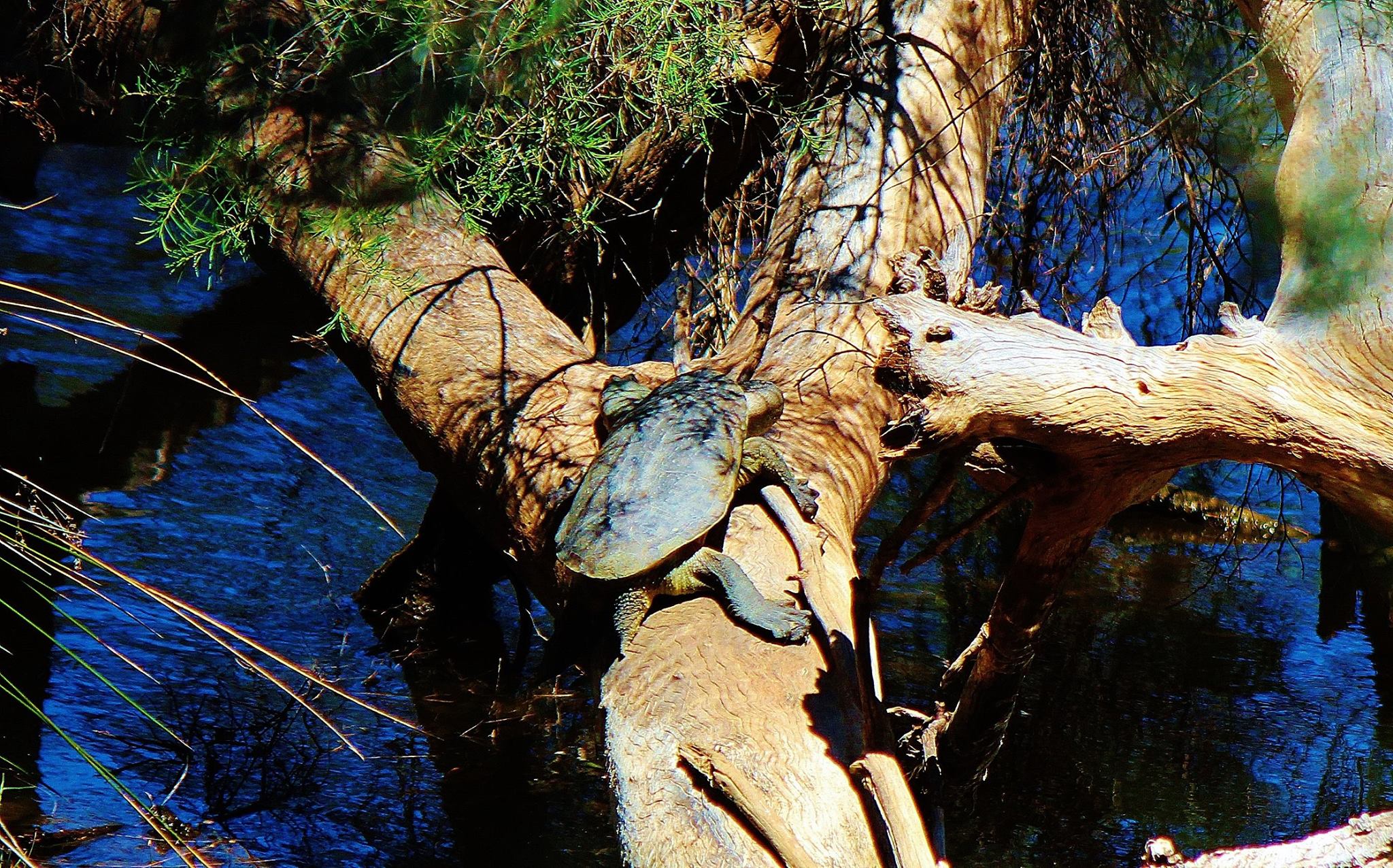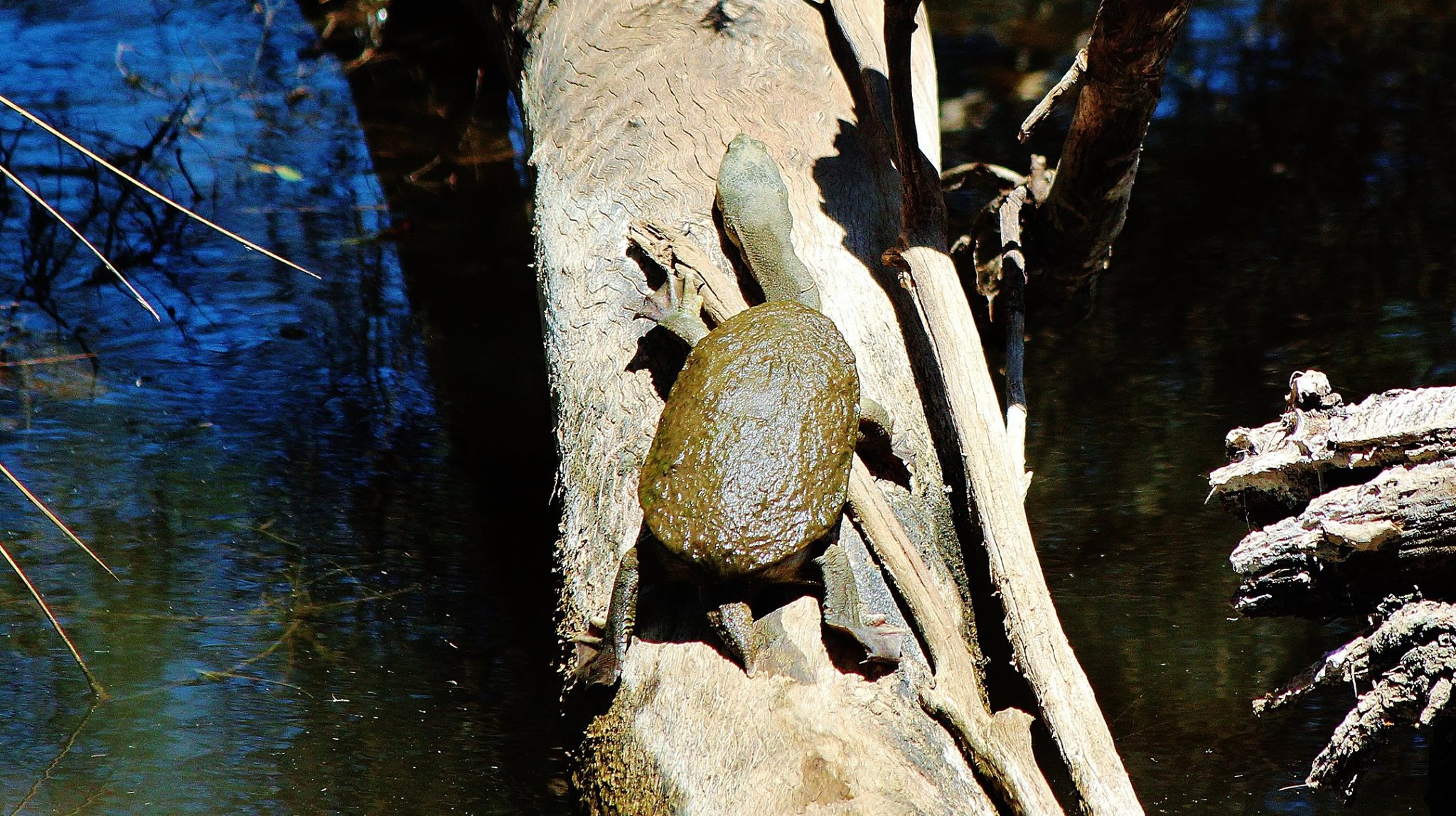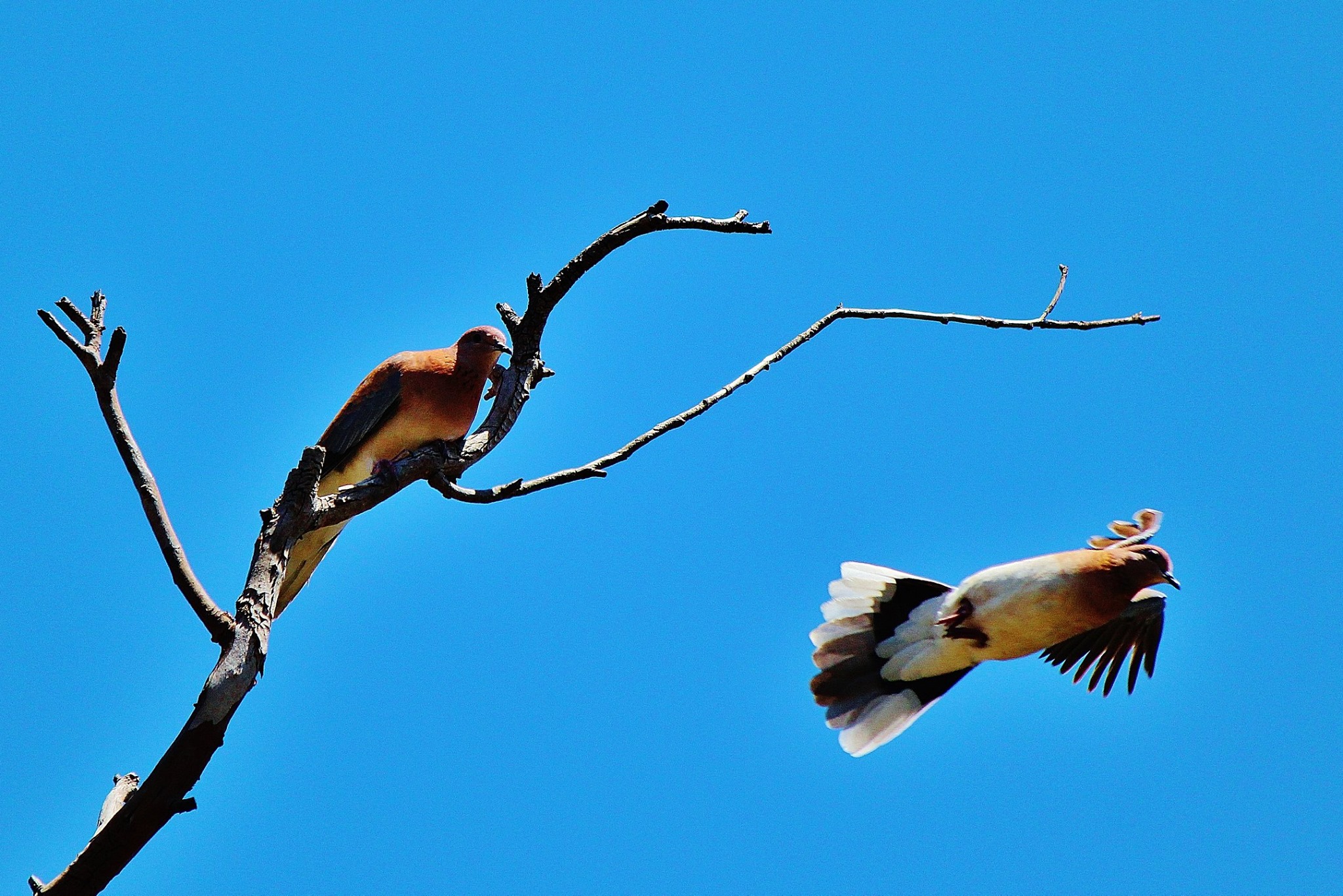GM crops have been grown in WA for several years. Proponents for the use of GM crops will tell you they're safe, but there is a loud and growing voice against the use of the crops claiming the safety of the environment and humans is far from assured.
A paper recently published by Nassim Nicholas Taleb, a high profile commentator on risk, and other high profile co-authors, argues that the issue regarding GM crops calls for a thorough understanding of the risk of ruin, and the Precautionary Principle.
The co-authors include a number of well-known researchers such as Raphael Douady at the Institute of Mathematics and Theoretical Physics in Paris and Yaneer Bar-Yam at the New England Complex Systems Institute in Cambridge.
The paper shows why GM crops need to be approached using the Precautionary Principle.
Here's a quote from one of the paper's authors Nassim Nicolas Taleb,: "GMOs have a peculiar illustrative role because they multiply, have systemic not just idiosyncratic risks, and opacity about the interactions is compounded under the curse of dimensionality."
The argument regarding the use of GM's is not regarding what we know, but what we don't know, and what the potential for harm is.
The paper is called "The Precautionary Principle (with Application to the Genetic Modification of Organisms)."
From the first paragraph:
"The precautionary principle (PP) states that if an action or policy has a suspected risk of causing severe harm to the public domain (affecting general health or the environment globally), the action should not be taken in the absence of scientific near-certainty about its safety. Under these conditions, the burden of proof about absence of harm falls on those proposing an action, not those opposing it. PP is intended to deal with uncertainty and risk in cases where the absence of evidence and the incompleteness of scientific knowledge carries profound implications and in the presence of risks of "black swans", unforeseen and unforeseeable events of extreme consequence."
PP is a widely understood approach for those familiar with risk analysis. Your insurance company probably has that special "no floods" cover because they know that if there's a widespread flood, they go bankrupt if everyone is covered. They understand they cannot afford the risk of ruin.
But politicians don't necessarily understand PP, and how it compares to regular risk management. This is the reason for the paper.
Essentially, the paper argues that the burden of proof regarding the safety of GMOs falls on the proponents to demonstrate their safety, not others to demonstrate their danger; and also that the potential side effects of GMO's is systemic rather than localised, meaning we really can't predict the possible harm GM crops could cause.
While the paper is very heavy on mathematics, it's well worth a read whatever side of the GM debate you find yourself on. Click here to read.
Risk of ruin
Those who are pro GM often accuse those who oppose it as being against progress. They say, rightly, that everything involves some degree of risk, and while GM involves a level of risk, the reward is greater than the potential risk.
That logic seems fine at first.
There's a risk in driving to the shops. You might die in a car accident. But that's a small possibility, and you will have food if you go. So it's worth the risk.
But GMO's fall under a special type of risk; that is the risk of RUIN.
Society can recover from a car accident. Your death will not stop our society from functioning. By definition, society cannot recover from ruin.
Why do GMO's pose the risk of ruin?
There's several points argued in the paper that demonstrate why GMOs should be treated under the PP as they pose the risk of ruin. Here's one:
"Ecologically, in addition to intentional cultivation, GMOs have the propensity to spread uncontrollably, and thus their risks cannot be localized. The cross-breeding of wild-type plants with genetically modified ones prevents their disentangling, leading to irreversible system-wide effects with unknown downsides. The ecological implications of releasing modified organisms into the wild are not tested empirically before release."













